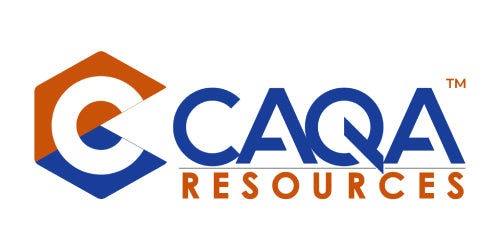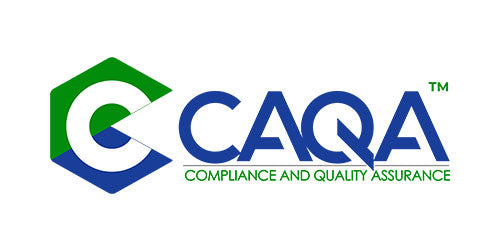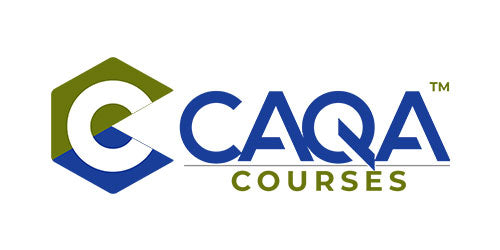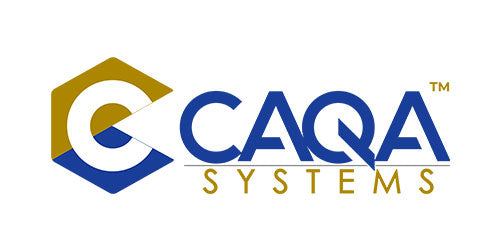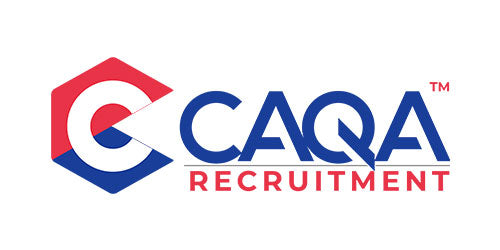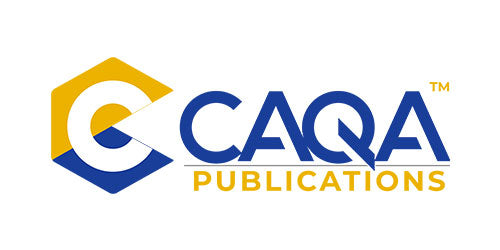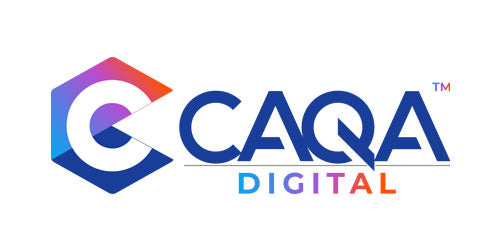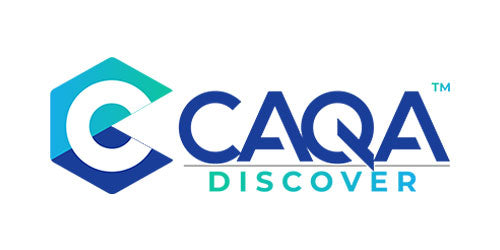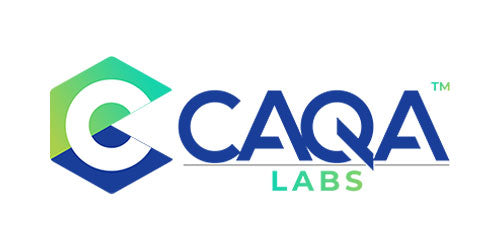Some potential challenges with “fee-free TAFE”
Challenges associated with "fee-free" training
Recently, the vocational education and training (VET) sector have seen an increase in fee-free training. In this scenario, a government body pays the fees for training, so that students do not have to pay any fees or only pay minimal administration charges.
Despite it sounding like a great idea, this arrangement could pose some challenges.
Student decision-making is the first and foremost impact. Are students more likely to choose courses based on the fact that they are fee-free rather than because they are passionate about the occupation they will achieve?
Additionally, marginal costs need to be considered. In addition, additional students can strain TAFE resources and increase costs overall when their support needs are higher than traditional TAFE students.
It could also create a two-tier system, in which fee-paying students are seen as more committed and serious about their studies than those who do not pay fees. Graduates from fee-free training organisations may be less likely to be hired by employers as a result.
The financial stability of fee-free training organizations is another challenge. This is because they will not have the same income from fees that other training organisations have. As this is worth noting that fee-free training organisations are usually only funded for a limited period of time. This means that they may not be around for long, which could cause problems if students need to access further training or support after completing their course.
This is creating an uneven playing field between different types of training providers. For example, private providers who still charge fees may be at a competitive disadvantage compared to fee-free providers.
It is important to consider the potential impact of fee-free training on student demand. If students are not required to pay any fees, they may be less motivated to complete their studies or take up employment after completing their training.
This could lead to fee-free training organisations being less able to invest in high-quality resources and staff, which could ultimately impact the quality of training that they are able to provide.
While there are some challenges that come with offering fee-free training, there are also some potential benefits. For example, it could help to increase access to training for those who may not be able to afford it otherwise.
Despite some potential challenges associated with fee-free training organizations, it is important to remember that these organizations can still provide high-quality training. Each organization is responsible for ensuring that they have the resources they need to overcome any challenges they may face. Fee-free training has many potential benefits, but it can also present some challenges. Fee-free training may or may not be a good idea for an organization, depending on its specific circumstances and students' needs.


















